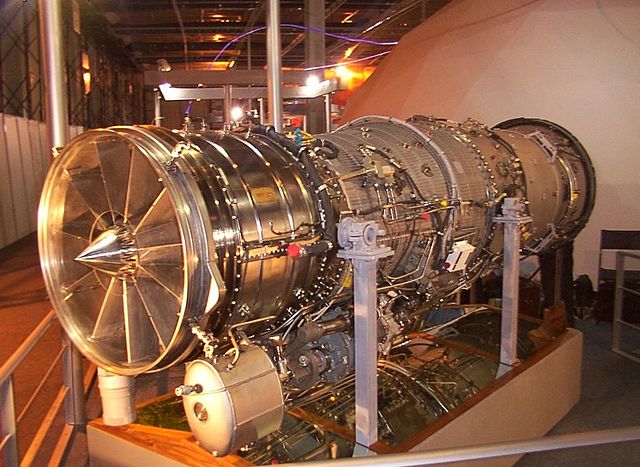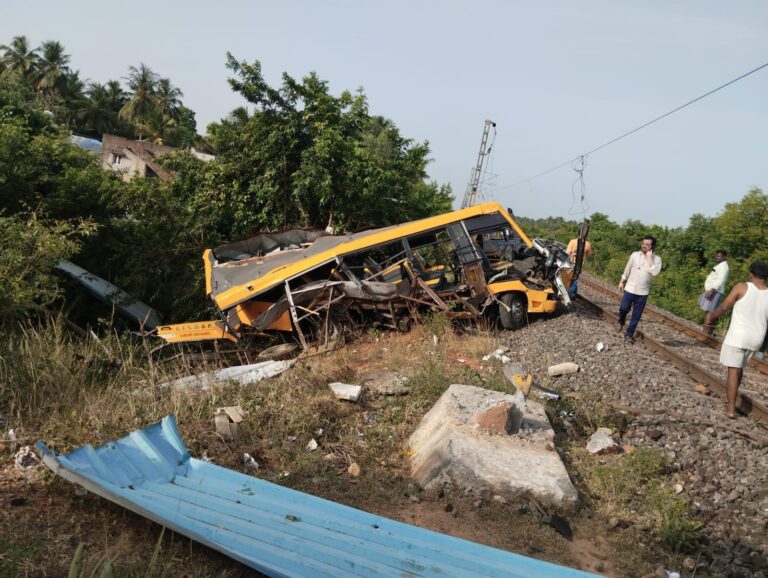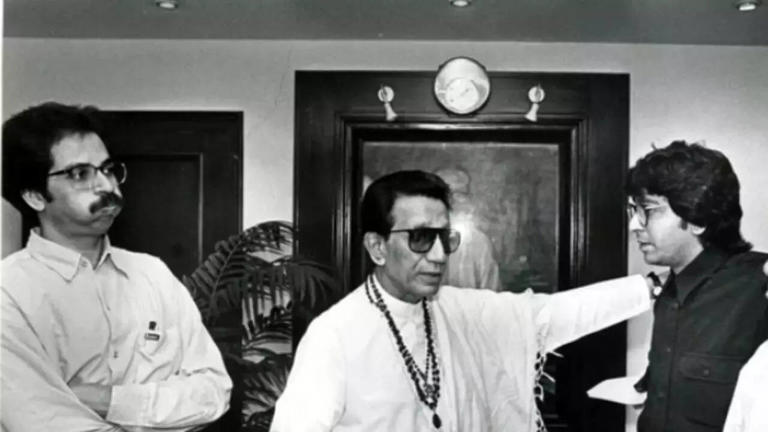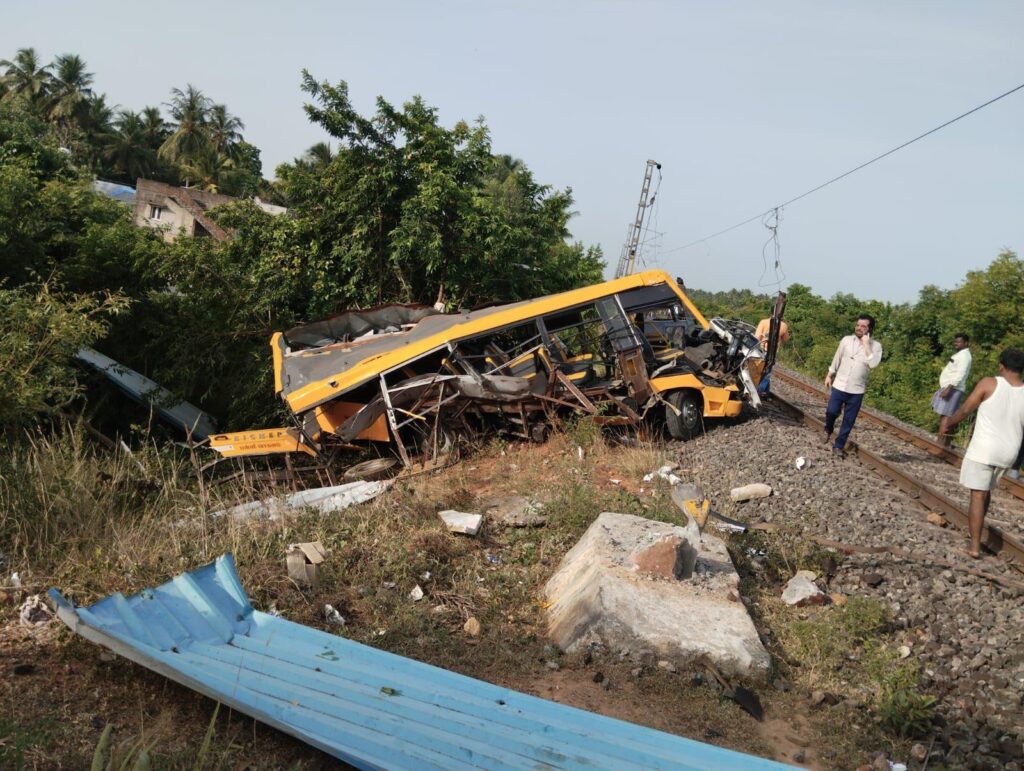The Kaveri Engine: From Tejas Dreams to Ghatak Reality
After decades of development and numerous setbacks, India’s indigenous Kaveri jet engine, developed by the Defence Research and Development Organisation (DRDO), has taken a major leap forward. Cleared for inflight testing in Russia, the Kaveri engine is now poised for integration into India’s next-generation stealth platforms like the Ghatak UCAV (Unmanned Combat Aerial Vehicle). This breakthrough marks a turning point in India’s long pursuit of defense self-reliance, falling in line with the government’s Atmanirbhar Bharat vision. The engine, once linked to the Tejas Light Combat Aircraft (LCA) program and later delinked due to technical challenges, is finally regaining strategic relevance.
Conceived in the 1980s as India’s first indigenous jet engine project, the Kaveri engine was meant to power the LCA Tejas. However, by 2008, the project was officially decoupled from the Tejas due to failure to meet thrust and performance parameters. Despite this, the DRDO and its Gas Turbine Research Establishment (GTRE) continued testing. By 2010, it had clocked over 1,880 hours of testing on ground prototypes and had undergone trials simulating up to 12 km altitude and 0.7 Mach speed in Russia.
While the GE F404 engine from the United States currently powers the Tejas jets, the Kaveri engine is now set to find its place in India’s Ghatak stealth UCAV, which demands a different set of propulsion parameters that the current iteration of Kaveri is closer to achieving.
Atmanirbhar Bharat and Global Defense Markets
India’s defense sector is undergoing a transformation under the Atmanirbhar Bharat Abhiyan, aimed at reducing dependency on foreign equipment and technologies. The Kaveri engine’s progress is more than just a technological achievement—it is a strategic signal of India’s emergence as a military-industrial power.
The engine’s development boosts the potential for defense exports, especially with countries like Indonesia and Greece showing interest in India’s indigenous capabilities. If the Kaveri engine proves reliable in inflight testing, India could enter the elite club of nations capable of producing advanced military jet engines—a market currently dominated by the U.S., Russia, the U.K., and France.
Testing, Integration, and Operationalization
The upcoming inflight trials in Russia are expected to validate the engine’s performance under real-world conditions, a critical step before integration with any operational platform. These trials will examine aspects like thrust performance, fuel efficiency, thermal tolerance, and engine stability under variable pressure and altitude.
Post-successful trials, the engine may be customized further for the Ghatak UCAV, which represents the cutting edge of India’s defense ambitions. There are also discussions about integrating upgraded variants of the Kaveri in future versions of Tejas or India’s 5th-gen Advanced Medium Combat Aircraft (AMCA). While challenges remain, particularly in matching global standards of thrust-to-weight ratio and afterburning capability, this milestone could mark the beginning of India’s journey from an arms importer to a self-sustaining defense exporter.

The Kaveri engine’s clearance for inflight testing in Russia revives a project long considered a cautionary tale in India’s defense R&D history. With strategic alignment to Atmanirbhar Bharat, export potential, and application in stealth unmanned platforms, this move could redefine India’s aerospace narrative. It may not power the Tejas today, but it could very well fuel India’s future in defense innovation and global security leadership.





















